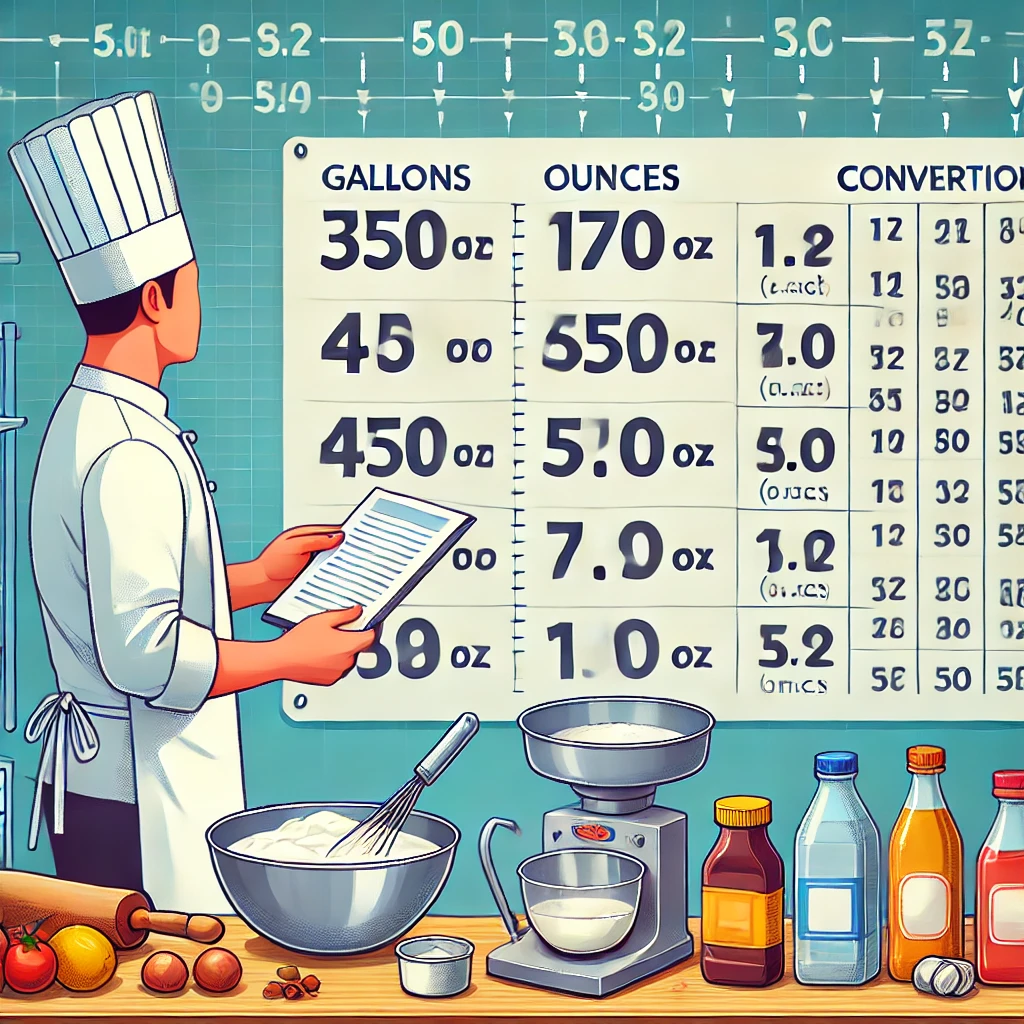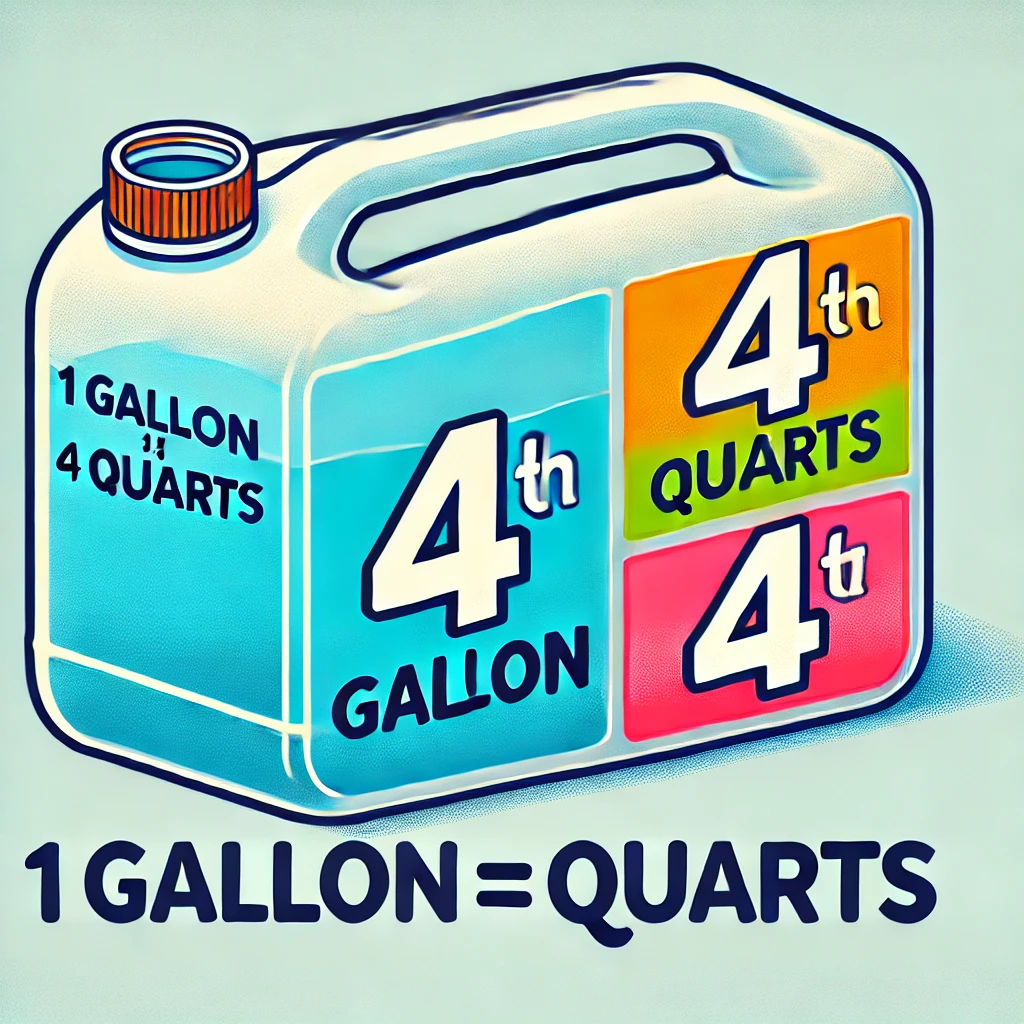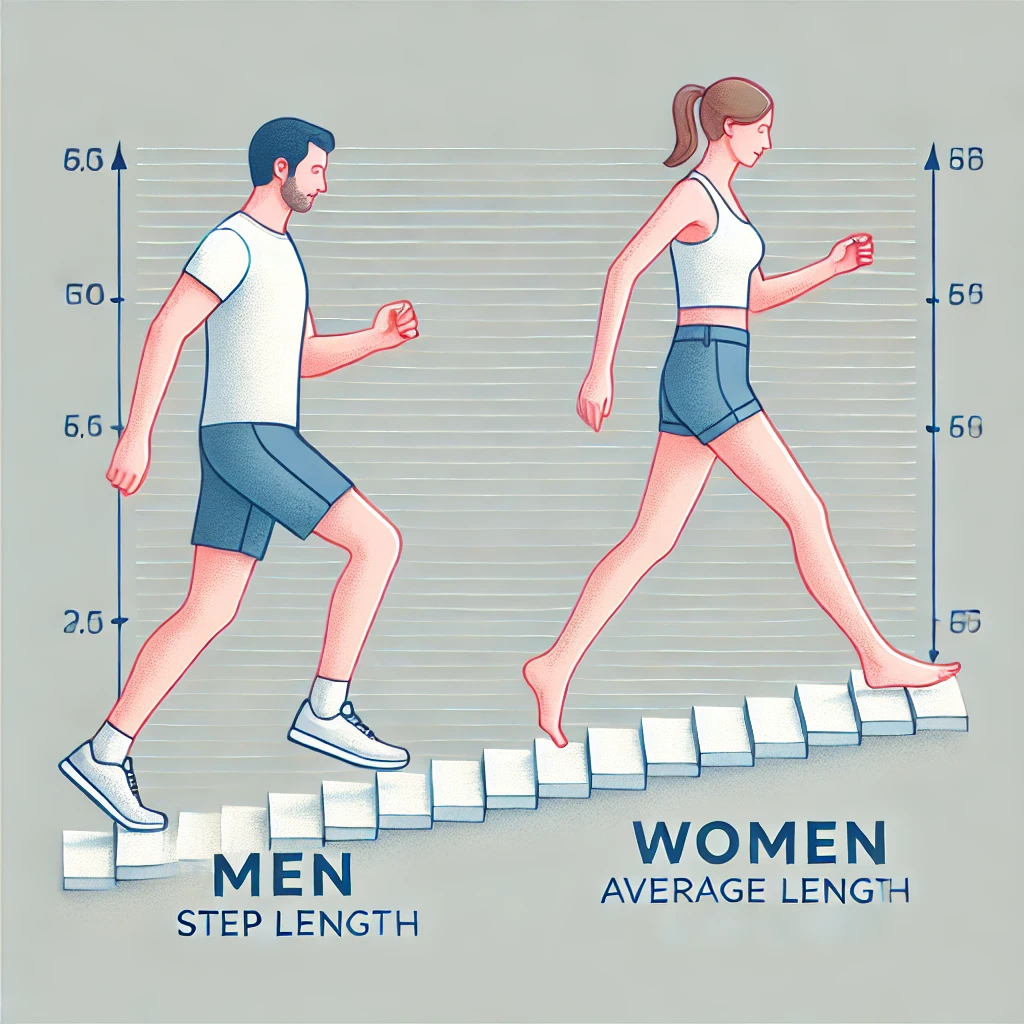How Many Cups Are in a Gallon- Accurate measurements are crucial in cooking, baking, and various other activities. Understanding how many cups are in a gallon is a fundamental conversion that can make a significant difference in your results. This article will provide a clear and comprehensive guide to understanding this conversion, highlighting its importance and offering practical tips for accurate measurements.
Key Takeaways
Summary of Essential Points
- 1 gallon equals 16 cups.
- Accurate measurements are crucial in various applications.
- Using proper tools and techniques can help ensure measurement accuracy.
Also Read: Understanding Measurements: How Many Ounces Are in a Gallon?
Basic Measurement Units
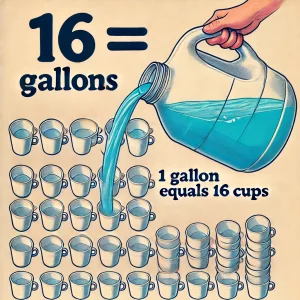
Definition of a Cup
A cup is a standard unit of measurement used primarily in cooking to measure both liquid and dry ingredients. In the United States, one cup is equal to 8 fluid ounces or approximately 237 milliliters. This standardization ensures consistency in recipes and other applications.
Definition of a Gallon
A gallon is a larger unit of measurement commonly used to measure liquids. In the United States, one gallon is equal to 128 fluid ounces or approximately 3.785 liters. Understanding the size of a gallon helps in making accurate conversions to smaller units such as cups.
Conversion Basics
Understanding the Conversion
Converting gallons to cups is straightforward once you know the basic formula: 1 gallon equals 16 cups. This conversion is based on the fact that one gallon contains 128 fluid ounces, and since one cup contains 8 fluid ounces, dividing 128 by 8 gives you 16 cups.
Visualizing the Conversion
Visualizing the conversion can help solidify your understanding. Imagine filling a one-gallon jug with cups of water. Each time you pour a cup of water into the jug, you are adding 8 fluid ounces. After 16 cups, the jug will be full, demonstrating that 1 gallon is indeed equal to 16 cups.
Why Accurate Measurement Matters

Impact on Cooking and Baking
Accurate measurements are vital in cooking and baking because even slight deviations can affect the texture, taste, and overall success of a dish. For example, too much or too little liquid can alter the consistency of a batter, leading to undesirable results.
Other Uses
Beyond the kitchen, accurate measurements are essential in various fields such as chemistry, pharmacology, and everyday household tasks. Ensuring correct conversions can prevent costly mistakes and ensure safety and efficacy in these applications.
Common Misconceptions and Mistakes
Common Errors in Converting Cups to Gallons
One common error is confusing fluid ounces with weight ounces, leading to incorrect conversions. Another mistake is using improper measurement tools, which can result in inaccurate amounts.
Tips to Avoid Mistakes
To avoid these mistakes, always use proper liquid measuring cups for liquids and dry measuring cups for dry ingredients. Double-check your conversions and use a reliable conversion chart to ensure accuracy.
Practical Applications and Tips
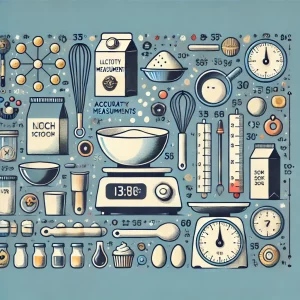
Conversion Chart
Having a conversion chart on hand can make conversions quick and easy. Here’s a simple chart for reference:
- 1 gallon = 16 cups
- 1/2 gallon = 8 cups
- 1 quart = 4 cups
- 1 pint = 2 cups
Tips for Accurate Measurements
To ensure accurate measurements, use the following tips:
- Always level off dry ingredients with a flat edge.
- Measure liquids at eye level to account for the meniscus.
- Use the appropriate measuring tools for different types of ingredients.
Final Tips for Readers
Keep a conversion chart handy in your kitchen and invest in good quality measuring tools. Practice your measurement skills to become more confident and precise in your conversions.
Understanding how many cups are in a gallon is a fundamental aspect of measurement that can greatly impact your cooking and other activities. By mastering this conversion and using accurate measurement techniques, you can achieve better results and avoid common mistakes. Embrace the importance of precision and let it enhance your culinary and practical endeavors.

